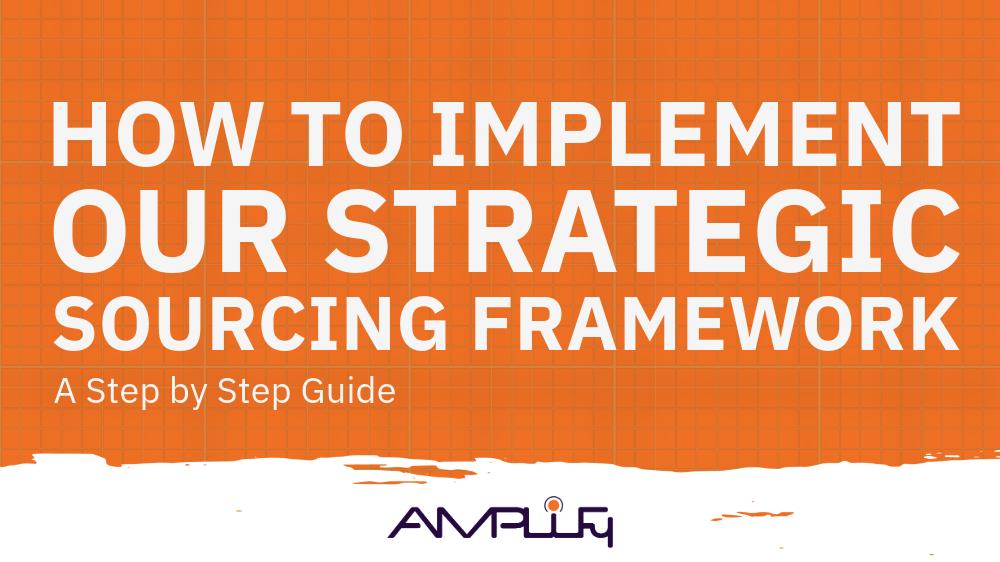How to Prevent Your Systems from Slowing You Down
THE “TECH DEBT REDUCTION” FRAMEWORK:
How to Prevent Your Systems from Slowing You Down
Tech debt is one of the biggest silent killers of growth. It sneaks up on high-growth biotech and fintech firms—what starts as a quick fix or workaround becomes a structural problem that slows down operations, increases costs, and hinders scalability.
At Amplify Resources Group, we’ve seen this firsthand: companies that don’t proactively manage tech debt end up spending 30-50% of their development budget on reworking past decisions instead of innovating. The key is not just fixing tech debt, but preventing it from accumulating in the first place.
Here’s our 3-Step Tech Debt Reduction Framework to keep your systems clean, scalable, and efficient.
Step 1: Identify and Categorize Tech Debt
Ask yourself:
- Where are the biggest bottlenecks in our tech and operations today?
- Which systems require excessive manual work or constant fixes?
- What workarounds are our teams using to get things done?
Common types of tech debt:
- Code debt: Poorly written or outdated code that’s hard to maintain.
- Tool sprawl: Too many disconnected systems that require manual intervention.
- Process debt: Inefficient workflows due to outdated systems.
Example:
A fintech client of ours was using five different CRMs across sales, operations, and customer support, leading to constant data discrepancies.
They had been adding temporary fixes for years rather than integrating into a single system—causing delays, confusion, and lost revenue opportunities.
Step 2: Prioritize Fixes Based on Business Impact
Not all tech debt needs to be addressed immediately. The key is to focus on the debt that has the highest impact on revenue, efficiency, and risk.
Prioritization Framework:
- Revenue Impact: Does this issue slow down sales, payments, or customer acquisition?
- Operational Risk: Will this issue lead to compliance failures or regulatory fines?
- Scalability Roadblock: Will this prevent us from growing smoothly in the next 12-24 months?
Example:
A biotech company was struggling with data integrity issues in their clinical trials due to outdated reporting tools. Their system couldn’t handle increased data loads, leading to potential regulatory compliance risks. We helped them streamline data processing with automation, reducing error rates by 60% and manual effort by 40%.
Step 3: Build a Sustainable Tech Debt Prevention Plan
Reducing tech debt isn’t a one-time fix—it’s an ongoing discipline.
How to prevent tech debt from accumulating:
- Establish governance: Set clear policies on tool adoption and integration.
- Conduct regular audits: Quarterly reviews to identify new sources of tech debt.
- Encourage cross-functional collaboration: Make sure tech, ops, and business teams align on system decisions.
Example:
A tech firm we worked with shifted from reactive fixes to proactive tech governance, implementing a quarterly review system that ensured every new technology decision aligned with long-term scalability. Within 6 months, they cut maintenance costs by 25% and reduced system failures by 40%.
Tech debt will always exist, but unmanaged tech debt will cripple your ability to scale. The key is early identification, smart prioritization, and a proactive prevention strategy.
If your team is struggling with tech bottlenecks, we can help audit and streamline your systems for faster growth and lower operational drag.




